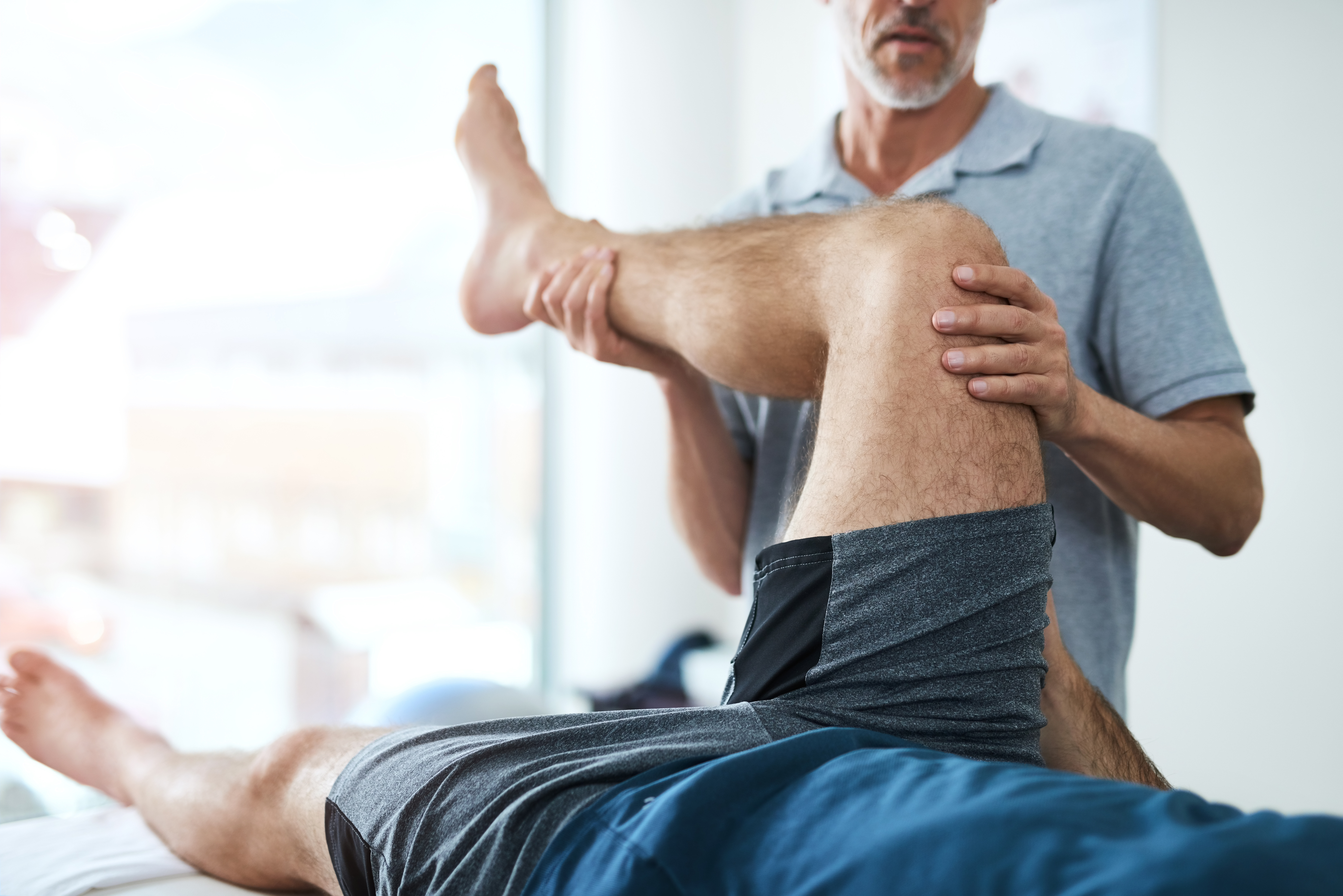10 Essential First Aid Tips Every Family Should Know
5. Responding to Sprains and Strains

Sprains and strains are common injuries resulting from overstretching or tearing ligaments and muscles. They often occur during physical activity and can cause pain, swelling, and limited movement. The R.I.C.E. method—Rest, Ice, Compression, and Elevation—is an effective first aid treatment for these injuries. Resting the affected area prevents further damage, while applying ice can reduce swelling and numb pain. Compression with an elastic bandage provides support and minimizes swelling, and elevating the injured limb above heart level helps reduce fluid accumulation. Understanding how to properly implement the R.I.C.E. method can speed up recovery and prevent further injury.
6. Handling Fractures and Broken Bones

Fractures and broken bones require immediate attention to prevent further injury and ensure proper healing. The first step is to immobilize the injured area to prevent movement, which can exacerbate the injury. Using a splint or makeshift support can help stabilize the bone until medical help arrives. It is important not to attempt to realign the bone, as this can cause further damage. Applying ice can help reduce swelling and pain. Understanding how to properly handle fractures and broken bones ensures that families can provide effective care and minimize complications.
